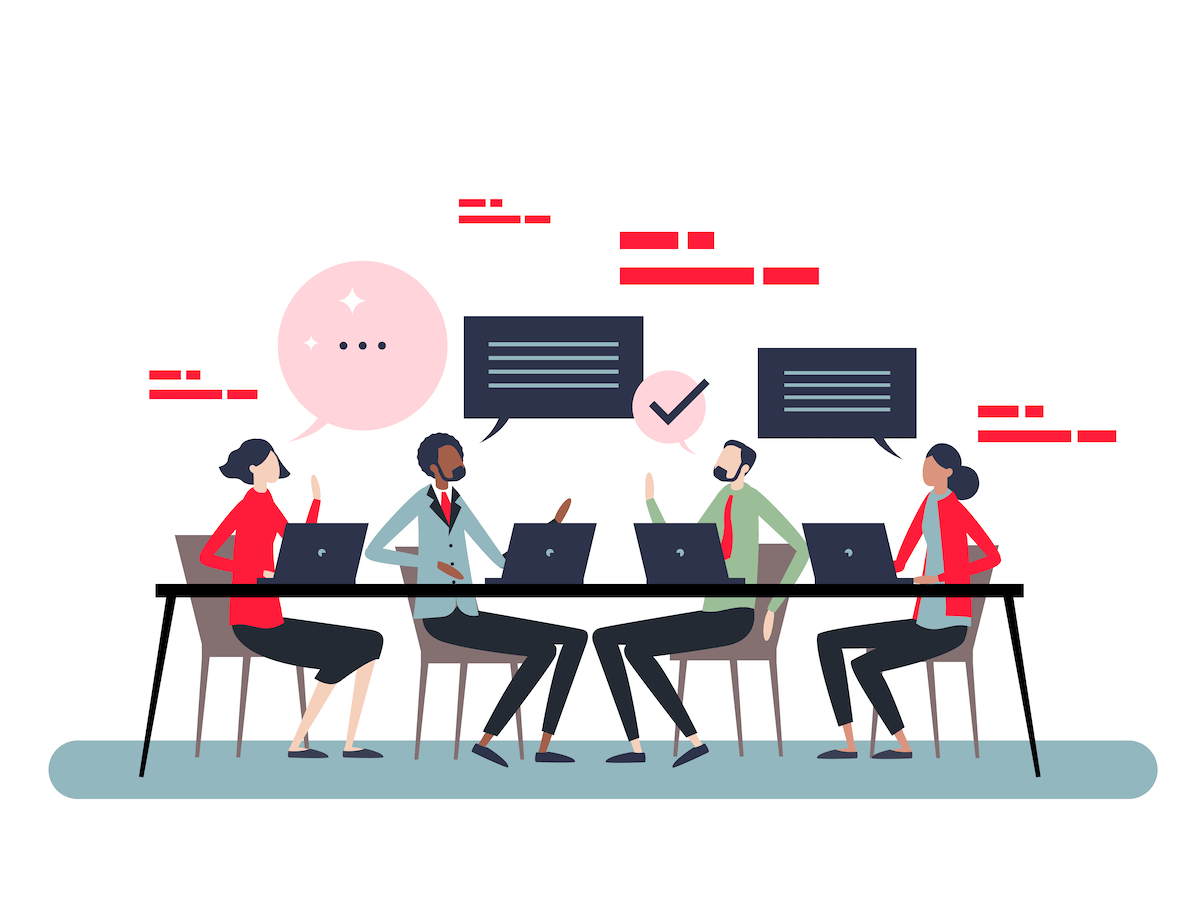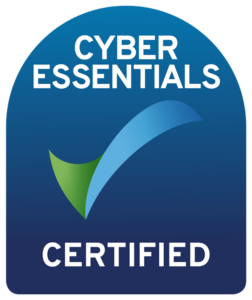One of the major tools at your disposal if you’re a researcher who wants to learn from your customers, is the Customer Interview. You can use this technique to discover qualitative insights about how your target customers behave and use a product, and what they need.
I have used this technique several times over the years and have gained valuable learnings. In this post, I will share the things I’ve found that work well, and the things that don’t, all based on my personal experience.
1. Who should be involved. Customer interviews work best when you’re working with a team. I used to run interviews alone and had to decide in a silo what feedback from the customers to capture or not. But now I know you get far more from working with colleagues from engineering, design, user research and more. Working together, we can capture customer opportunities (pain points, wants or needs) and the four major product risks (technical, value, usability and viability), all from our unique perspectives based on different skill sets. This is proven to lead to a better overall outcome. Now, I make sure to pull in as many of my colleagues as appropriate, into the customer interview sessions with me.
2. What’s the scope. You need a clear and defined goal in mind. The smaller and more refined your objective is, the more effective your learning can be. I learned this the hard way and now, instead of asking the question “what do you think about this site”, I ask “what’s your experience of this specific part or feature of the site”.
Make sure you recruit the right people for this – you need them to have experienced the problem you’re trying to solve.
3. How we ask questions. There are two major dangers here to be aware of. The first is asking questions that are leading by nature and the second is asking questions that very directly rely on the interviewee’s personal feelings or opinion.
Asking leading questions may lead to our own confirmation bias influencing the response of our interviewees. The question “what do you like about this specific feature?” assumes the customer likes the feature in the first place. Instead, I might ask: “tell me about the last time you used this feature”. This gives me the chance to listen for multiple opportunities (pain points, likes, wants and needs) as opposed to a very narrow field of feedback that I have led the customer to.
Asking questions that rely on the interviewee’s personal feelings hits the second major danger. The ‘Continuous Discovery Habits’ book deals with this, which looks at the science and gives extremely relatable examples of why it is dangerous to ask our customers what they feel or think about what we are researching. When we frame our questions in this way, we assume our customers are extremely rational economic beings. But it has been proven that customers will try to tell the best (and probably unreliable) version of the feedback you are interested in. Marty Cagan adds more context to this in this article, about why it is dangerous for product teams to build what customers say they want.
Ultimately, both dangers result in feedback that is not actionable, and leaves you unsure about your research findings. A common question might be: “would you use this feature if it were made available?”. A better question is: “tell me about the last time you used this similar feature in another product”. Grounding our customers in their personal experience allows us to gather more reliable, action-based contextual information, which we can then dig deeper into and act on.
4. Preparing for an interview. Start by thinking about research questions – what do you need to learn? Collating them should be a collaborative process, done with your cross functional team, and can be as long as it needs to be.
5. Sharing your findings with your team. This is very important. In the past, I’ve created an Excel or Miro Board, with lots of columns and rows of data on all the information coming out of the interviews, and shared these with leadership and my team. But of course, no-one read them! I used to get frustrated that no one shared my excitement at the information I’d found! When I started using the Interview Summary Template to concisely capture the information from the interview, I saw huge improvements in engagement and shared understanding from my team in the discovery process.
6. What to do next. Interviews done! Actionable feedback collated! Insights generated! What now? It can be a struggle to make sense of the inter-relationships of all the insights, and how they can help achieve the overall discovery goal that started the interview process in the first place. To help solve this, there’s a brilliant Opportunity Solution Tree that visualizes your thinking and makes compare/contrast decisions on all the opportunities coming out of interviews.
7. Continuous learning. I used to run a batch of interviews, gather the learnings and not speak to another customer for a long time. But our customers’ needs are always changing, so to stay agile, we need to be aware of these changes.
On any project I work on now, I advocate running at least one customer interview a week, updating our learnings into the Opportunity Solution Tree, or Opportunity Backlog, or whatever form of collective store of knowledge being maintained by my team. This act of continuous interviewing can be supercharged by carrying out user testing in parallel.
In summary, I believe that the highest value action you can immediately start taking to get better outcomes from the Customer Interview technique, is to ask better questions. The better the questions, and the more you can ground them in real stories / experiences from our customers’ past, the more actionable feedback you get.
At Zenitech, our Digital Practice team believe that one of the greatest challenges our clients face (especially in the current economic climate), is to ensure that development budget is being spent on the right solutions to customer problems that also work to drive business goals. Please reach out to us to discuss how we might be able to help!
References
Torres, Teresa (2021). Continuous Discovery Habits: Discover Products that Create Customer Value and Business Value.
Cagan, M (2017). The Four Big Risks, Product Discovery. Silicon Valley Product Group (SVPG) blog.
https://www.svpg.com/four-big-risks/
Cagan, M (2017). Customer Inspired; Technology Enabled. Silicon Valley Product Group (SVPG) blog.
https://www.svpg.com/customer-inspired-technology-enabled/



